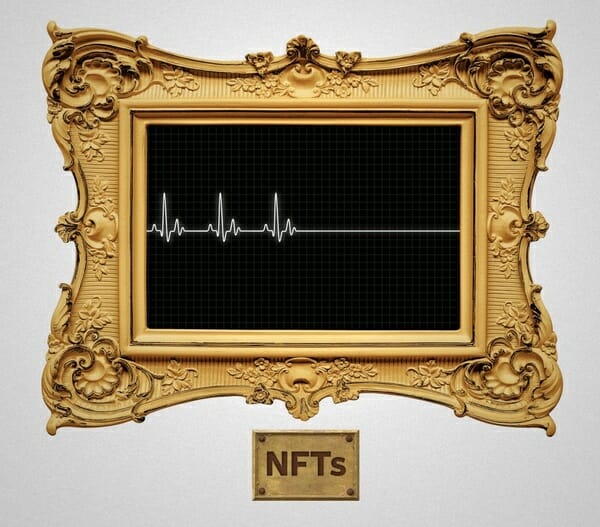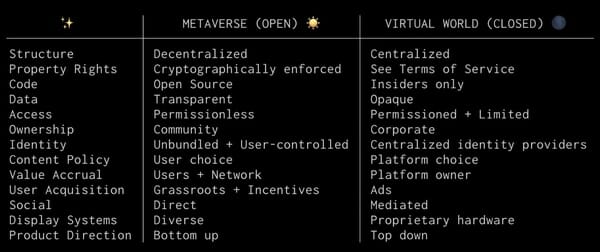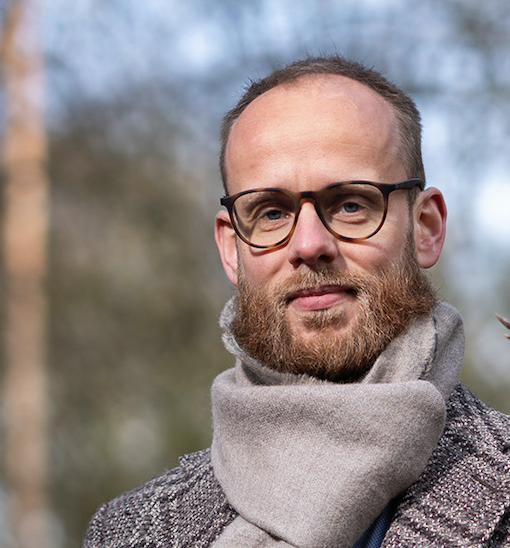
On the 15th of October our book “Real Fake – Playing with Reality in the Age of AI, Deepfakes and the Metaverse” has been released. It is our take on synthetic media, deepfakes, fake news, conspiracy theories, memes, internet culture, Generation Z and Alpha, crypto, narrative economics, virtual humans, CGI influencers, vTubers, NFTs, DAOs, VR, Web3, the Creator Economy and the Metaverse. Real Fake is about how humans continuously manipulate reality and how new digital technology tools enable us to go one step further in this ancient game.
Meta’s Codec Avatars 2.0 Approach Complete Realism
“Powered by multiple neural networks, the avatars are generated using a specialized capture rig with 171 cameras. Once generated, they can be driven in real time by a prototype VR headset with five cameras; two internal viewing each eye and three external viewing the lower face”
How Paris Hilton And Snoop Dogg Animated Their Bored Apes
“Immi enables the creation of clips featuring a selection of free 3D animated characters. Users can pilot these in real-time via their facial expression which is mapped to said characters using the true definition camera technology of their iPhone.”
NFT Sales Are Flatlining

“The sale of nonfungible tokens, or NFTs, fell to a daily average of about 19,000 this week, a 92% decline from a peak of about 225,000 in September. […] The number of active wallets in the NFT market fell 88% to about 14,000 last week from a high of 119,000 in November. […] Many NFT owners are finding their investments are worth significantly less than when they bought them.”
Is this the beginning of the end of NFTs?
7 Essential Ingredients Of A Metaverse

Read the complete article here.
How Birds Aren’t Real Took On The Conspiracy Theorists

“On a march, Peter McIndoe held up a sign and talked about how the ‘deep state’ had replaced all birds with drones. It was meant as a small act of satire but has become a mass movement. […] Someone was filming him and put it on Facebook; it went viral. […] It’s the most perfect, playful distillation of where we are in relation to the media landscape we’ve built but can’t control, and which only half of us can find our way around. It’s a made-up conspiracy theory that is just realistic enough, as conspiracies go, to convince QAnon supporters that birds aren’t real, but has just enough satirical flags that generation Z recognises immediately what is going on. It’s a conspiracy-within-a-conspiracy, a little aneurysm of reality and mockery in the bloodstream of the mad pizzagate-style theories that animate the “alt-right”.”
MUST WATCH: Kendrick Lamar Uses Deepfakes In New Video
MUST WATCH: I Gave My Microwave A Soul With AI And It Tried To Kill me
Contact
Real Fake is a weekly newsletter in which SogetiLabs’s Research Institute VINT examines the future where synthetic reality becomes part or our objective reality. We investigate the impact of new technology on people, organisations and our society. If you have any questions or comments, do not hesitate to contact us. You can reach us at vint@sogeti.com.

 English | EN
English | EN 